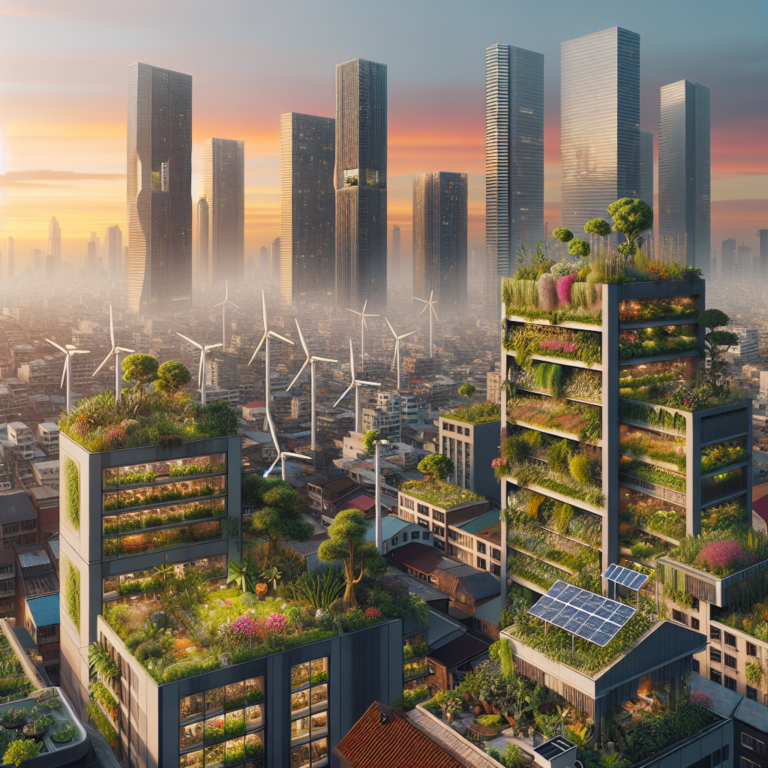With the world’s population steadily increasing and urban areas becoming more crowded, the concept of urban farming has gained significant popularity in recent years. From rooftop gardens to vertical farming, there are a variety of innovative ideas worth exploring when it comes to growing food in urban spaces.
Rooftop gardens have become a common sight in many cities around the world. By utilizing the limited space available on rooftops, these gardens are able to provide fresh fruits and vegetables to urban residents. Not only do rooftop gardens help to increase access to fresh produce, but they also offer a host of other benefits, such as reducing energy costs, improving air quality, and providing habitat for pollinators.
Another exciting idea in the world of urban farming is vertical farming. Vertical farming involves growing crops indoors in stacked layers, utilizing artificial lighting and climate control systems to create the ideal growing conditions. This method of farming is particularly well-suited to urban areas where space is limited, as it allows for a higher crop yield in a smaller footprint. Vertical farming also has the potential to significantly reduce the environmental impact of agriculture, by minimizing water usage, eliminating the need for pesticides, and reducing transportation costs.
Aquaponics is another innovative urban farming concept that has been gaining traction in recent years. This method combines aquaculture (fish farming) with hydroponics (growing plants without soil) in a symbiotic system. In an aquaponics setup, fish waste provides nutrients for the plants, while the plants help to filter the water for the fish. This closed-loop system is highly sustainable and can be implemented on a small scale in urban environments, making it a viable option for rooftop gardens or indoor farming operations.
In addition to these ideas, there are countless other innovative approaches to urban farming that are worth exploring. Community gardens, edible landscaping, and microgreens production are just a few examples of ways in which urban residents can take control of their food supply and reduce their reliance on traditional agriculture.
As the world continues to urbanize, it is becoming increasingly important to find creative solutions to the challenges of food production in urban environments. By embracing ideas such as rooftop gardens, vertical farming, and aquaponics, we can not only increase access to fresh, locally-grown produce, but also create more sustainable, resilient food systems for the future. Urban farming offers a promising solution to the growing demand for food in cities, and the possibilities for innovation in this field are endless.










